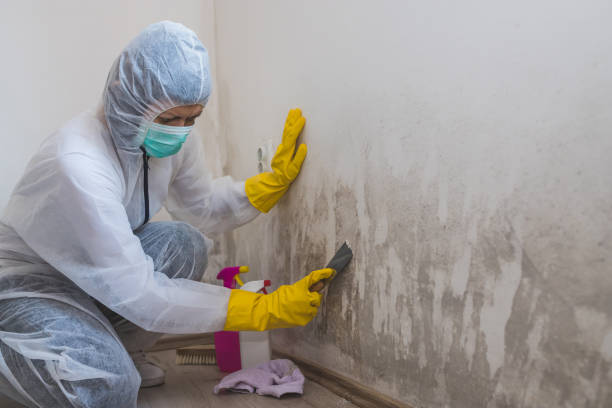Signs of Mold Infestation
Mold are microscopic organisms and this means that you can’t see them with your naked eyes. You can only detect their presence by some of their prevalent signs. The most common sign is black or gray patches on the walls or floors.
Initially, you will notice just a small patch, but this will keep on growing with time.
The patches on the contaminated areas can be black, gray, spotted, white, or just about any color since there are different types of mold that can attack your home. If you notice these patches, check if they have :
- If family members are beginning to have allergic reactions or respiratory problems
- A musty, earthy smell
- If there is a source of moisture nearby, but little light
- If you drop a bleach and it lightens up after a couple of minutes
If you could confirm the above, then there will be good chances that the spots you are seeing on the walls or the floor are mold. You shouldn’t try to remove them by yourself because of the potential health problems associated with their removal. Always call for professional mold inspection and removal services to help you clear them up.



















